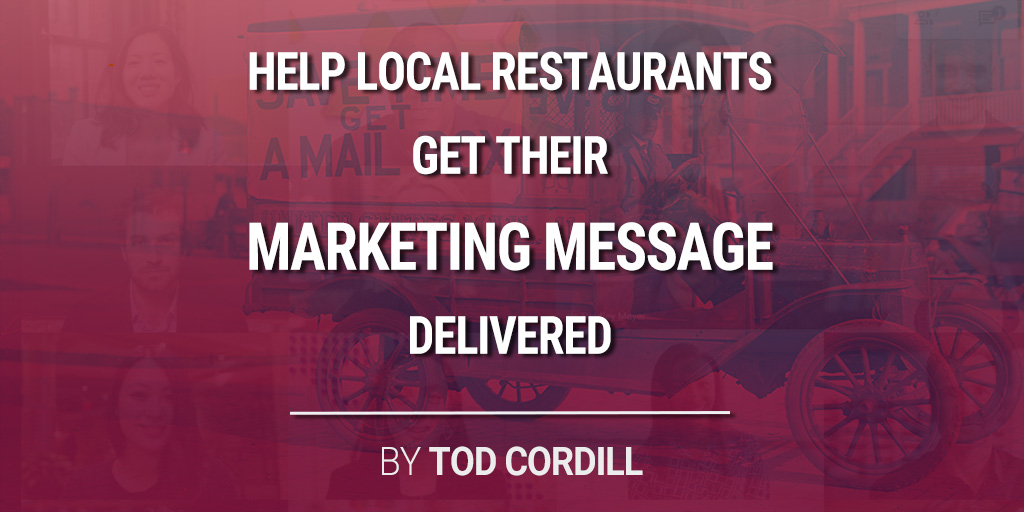
A client had Thai food (my favorite!) dinner delivered to my home last Friday as a surprise thank you gift. (Yeah, I know. I’m lucky. We all could use customers like that.)
The food was delivered in a plain brown paper bag with “Uber Eats” scribbled on the outside on the outside of it. Inside was the usual packaging with plain white boxes for rice and other delicacies. But there was no mention of the name of the restaurant that supplied the food. Anywhere.
My curiosity demanded that I find out what restaurant supplied the meal. So when I emailed my client to thank him for the email I also had to ask what restaurant it came from. It turns out it was from a restaurant a few miles away from home that happens to be in the same strip mall as my bank. While I occasionally stop in for a spicy lunch, I’ve never taken my wife there for dinner. I’ve planned to have dinner there but there is another Thai restaurant much closer – so I need a little incentive, a little push, to get me there for dinner.
Opportunity Lost
I’m sure the restaurant owner did not mean to hide the name of the restaurant. But repeating this mistake over and over results in lost opportunities.
A restaurant owner should put these items in every delivery order that goes out the door:
- Business card
- Menu
- Coupon for dine-in
Ordering from a food delivery service such as Grubhub, Postmates, Doordash, or Uber Eats provides new revenue stream possibilities for restaurants. But the commissions paid to the food delivery service can cut deep into restaurant margins.
Looked at through a promotional lens, food delivery services can serve as great awareness and promotional tool for restaurants, turning low margin, first-time delivery customers into in-restaurant regulars.
Bad Assumption
We all make assumptions that can hurt our business and make us unaware of the significant problems that we have. In this case, the restaurant owner assumed that whoever receives the order is aware of the restaurant. The restaurant owner may have also assumed I’d consider the restaurant next time I plan to go out to dinner. The reality is:
- I didn’t know then name of the restaurant provided the meal.
- Even if I placed the order myself, I may not know where the restaurant is located.
- If I am sharing the meal with guests, they may not remember the restaurant when they make their own dining plans.
How You Can Help
This is a great example of a business owner not knowing a problem that they have. Pointing out problems can do two things for you:
- Result in immediate sales
- Makes you a trusted resource
Unless you already have an engaged audience in this particular market vertical, direct mail is the quickest, easiest, and likely most effective way to help your prospective customers. You can send out a postcard or self-mailer with numerous tips, or you can drip out a “tip of the month” campaign over several months. To build trust, include tips that are not self-serving. If you only include tips that involve print or other services you provide it immediately looks like a sales promotion piece for you.
This concept can be extended to other industries. Find problems customers don’t know they have and tell them about it.












